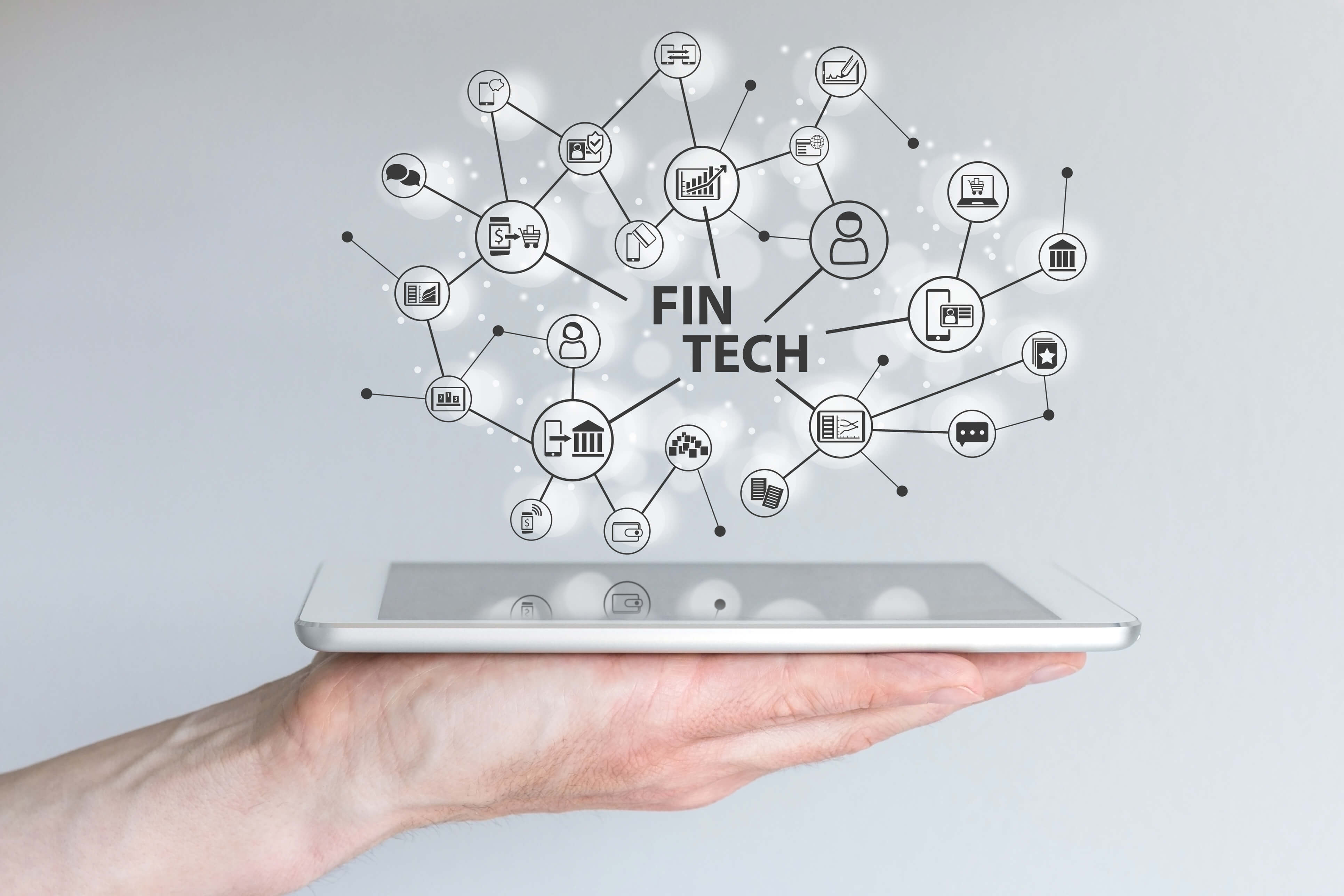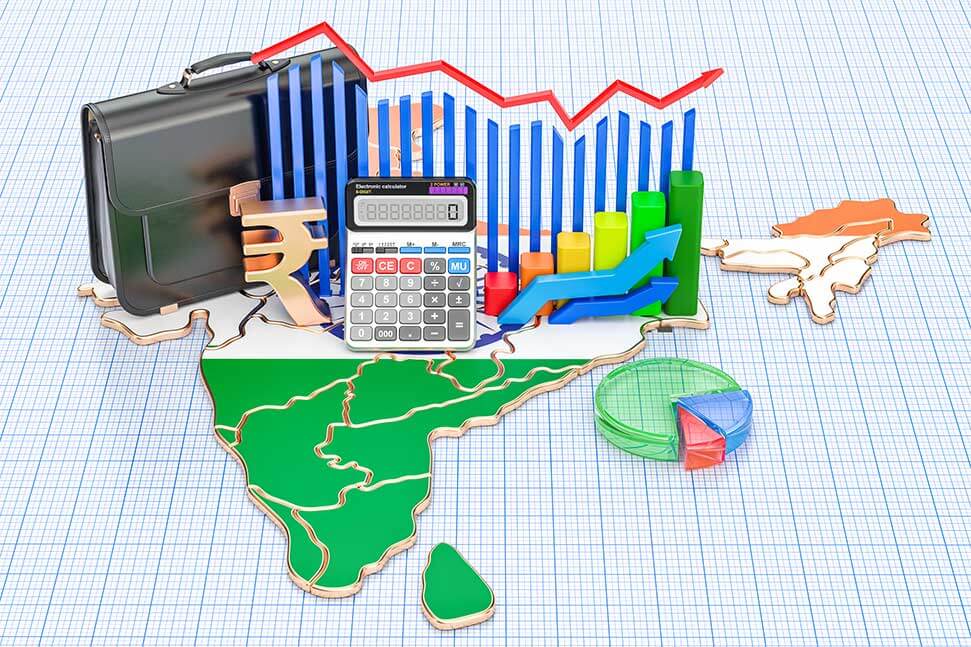

RBI announces second cohort of regulatory sandbox with cross-border payments as its theme
RBI is looking to simplify the cross-border payments given the fact that India happens to be the largest recipient of inbound remittances. The last date to apply for Regulatory sandbox proposal is 15th Feb 2021

The Bank-FinTech Collaboration Model Goes Global
The collaboration model is proliferating across national borders, with more financial institutions (FIs) turning to external third-party FinTechs to strengthen their small- to medium-sized business (SMB) and corporate offerings
With neo banks making their way through India's fintech space, we've seen a surge in more banks wanting to collaborate with Fintech's to offer easier and seamless solutions for Small Medium Enterprises and startups in India. A trend that is dominating the Indian fintech arena currently and is making the country a dominating power in terms of financial inclusion and digital adoption
- Mr. Anish Achuthan, Chief Executive Officer, Open

Budget 2021 - Breaking down the benefits of a fintech hub
The fintech hub at GIFT city could lend huge impetus to global engagement with Indian fintech start-ups, a great deal of knowledge sharing and forming viable partnerships with our international counterparts, in addition to facilitating structured industry-wide mentorship programmes

Tech trends that will shape fintech sector in 2021
Technological evolution is a never-ending process that makes our systems and our world a better, much easier place to live. These trends will shape the fintech industry in 2021 and will make it much more efficient, robust, and customer-friendly

Fintech: Analysing the Security Landscape
With the rise in digital adoption, banks have also witnessed a surge in cyberattacks as cybercriminals are finding new opportunities and vulnerabilities to exploit, which has posed severe concerns for Indian banks and RBI. Bank executives and digital leaders need to analyse and prepare themselves to respond to cyber incidents

Fast Payment Systems: A toolkit helps countries and regions navigate implementation
Driven by substantial innovation in the field of information technology and communication, coupled with growing customer expectation and further accelerated by the COVID-19 pandemic, payment systems have experienced substantial improvements. Fast payment systems ("FPS"), facilitating instant access to funds, are instrumental in advancing the countries' strategy to develop digital payments and to promote financial inclusion. Considering payment systems direct alignment with the financial inclusion and economic development, the World Bank has been directly monitoring the progress in this regard by central banks along with private banks across the world.
With this in perspective, the World Bank is working on a prospective toolkit paving the way for countries to effectively launch and implement their respective FPS along with phased deployment of new features. This toolkit is based on the consultations with more than 65 stakeholders including regulators, standard setting bodies and various others industry bodies. The toolkit will guide countries for alternatives & models related to their respective FPS policies and implementation approach. Further, this toolkit will comprise of global landscape of more than 85 countries along with various country profiles, deep dive documents, a synthesized report covering framework on FPS implementation, key recommendations along with specific topic notes consisting of QR codes, APIs among others. The report has come up with the need for faster and more cost -efficient and ubiquitous digital payment solutions and provides information on the purpose, methodology and different components of the toolkit.